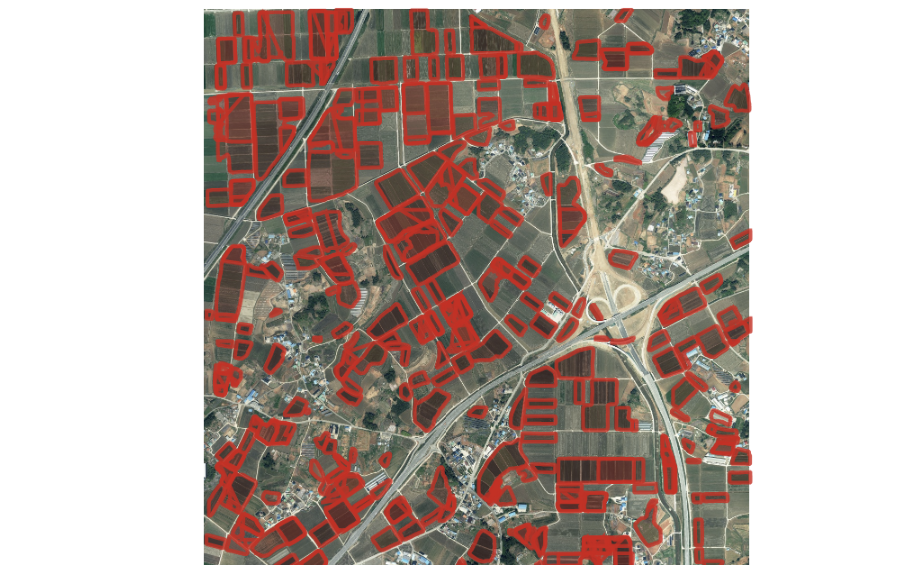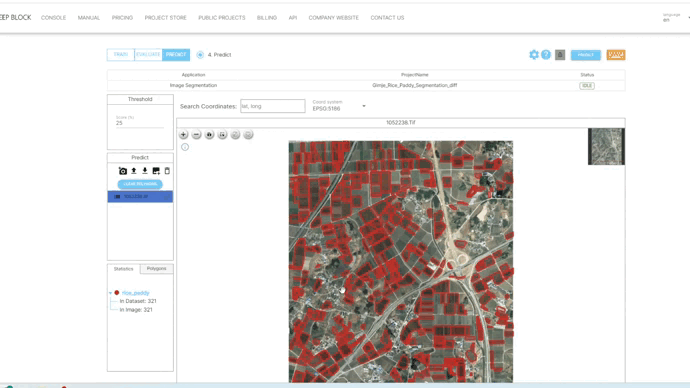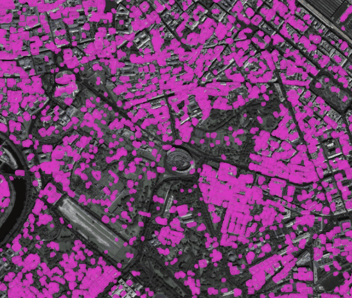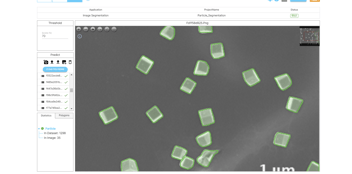Efficient Contour Compression Techniques for Polygon Rendering

Explore advanced methods for simplifying polygons to improve rendering efficiency in computer graphics.
Understanding Polygon Simplification
Polygon simplification is a technique used in computer graphics to reduce the complexity of polygons while maintaining their overall shape and appearance.
By removing unnecessary vertices and edges from a polygon, we can achieve a simplified representation that requires less computational resources to render.
The goal of polygon simplification is to strike a balance between reducing complexity and preserving important features of the original shape.
Benefits of Contour Compression
Contour compression, a subset of polygon simplification, offers several benefits for rendering efficiency in computer graphics.
Firstly, it reduces the number of vertices and edges in a polygon, which leads to faster rendering times and improved performance.
Additionally, contour compression can help reduce the memory footprint required to store and process polygons, making it more feasible to work with large-scale scenes.
Furthermore, simplified polygons can enhance the visual appearance of rendered objects by removing unnecessary details and smoothing out irregularities.
Overall, contour compression provides a valuable tool for optimizing polygon rendering in computer graphics applications and high resolution image analytics.
Popular Techniques for Polygon Simplification
There are several popular techniques for polygon simplification that are commonly used in computer graphics.
One such technique is the Douglas-Peucker algorithm, which recursively removes vertices that do not significantly contribute to the overall shape of the polygon.
Another technique is the Visvalingam-Whyatt algorithm, which iteratively removes the least important vertices based on a measure of triangle area.
Other techniques include edge collapse and vertex clustering, which aim to simplify polygons by merging nearby vertices or grouping them into clusters.
Each technique has its strengths and weaknesses, and the choice of which to use depends on the specific requirements of the application.
Implementing Efficient Contour Compression
Implementing efficient contour compression techniques requires careful consideration of the trade-offs between simplification and preserving important shape characteristics.
One approach is to use a combination of different simplification algorithms, applying each one in a specific order to achieve the desired level of compression.
It is also important to consider the computational complexity of the chosen algorithms, as some techniques may be more efficient than others for certain types of polygons.
Furthermore, the choice of error metrics and threshold values can greatly impact the quality of the simplified polygon.
Overall, implementing efficient contour compression involves a balance between computational efficiency and preserving important shape details.
Contour Compression, Image Segmentation, and High-resolution Image Analysis
Contour compression is important in image segmentation for several reasons:
-
Reduced Data Size: Contours can contain a large number of points, especially in high-resolution images or in images with complex shapes. Compressing these contours reduces the amount of data needed to represent the segmented regions, leading to more efficient storage and processing.
-
Faster Processing: Smaller data sizes resulting from contour compression lead to faster processing times. This is particularly crucial in real-time applications or when dealing with large datasets where computational efficiency is critical.
-
Memory Efficiency: Storing and manipulating large amounts of contour data can consume significant memory resources. By compressing contours, memory usage can be reduced, allowing for more efficient memory management and better scalability, especially in resource-constrained environments.
-
Simplified Analysis: Compressed contours provide a simplified representation of the segmented regions, making subsequent analysis tasks, such as shape matching, object recognition, or boundary detection, more tractable and efficient.
-
Facilitates Communication: In applications where segmented regions need to be transmitted or shared between different systems or users, contour compression reduces the data size, making it easier and faster to transmit and process the segmented information.
Overall, contour compression plays a crucial role in enhancing the efficiency, speed, and accuracy of image segmentation tasks, making them more practical and effective in a wide range of applications, from computer vision and medical imaging to robotics and remote sensing.
Optimizing Polygon Rendering Performance
In addition to contour compression techniques, there are other strategies for optimizing polygon rendering performance in computer graphics.
One such strategy is level-of-detail rendering, where different versions of a polygon are used depending on the distance from the viewer.
By using simpler versions of the polygon for distant views, rendering performance can be greatly improved.
Another strategy is to utilize hardware acceleration techniques, such as vertex buffer objects or graphics processing unit (GPU) shaders, to offload rendering tasks to specialized hardware.
These hardware-based optimizations can significantly improve rendering performance and allow for real-time rendering of complex scenes.
Overall, optimizing polygon rendering performance involves a combination of contour compression techniques and other strategies to achieve efficient and visually appealing results.






